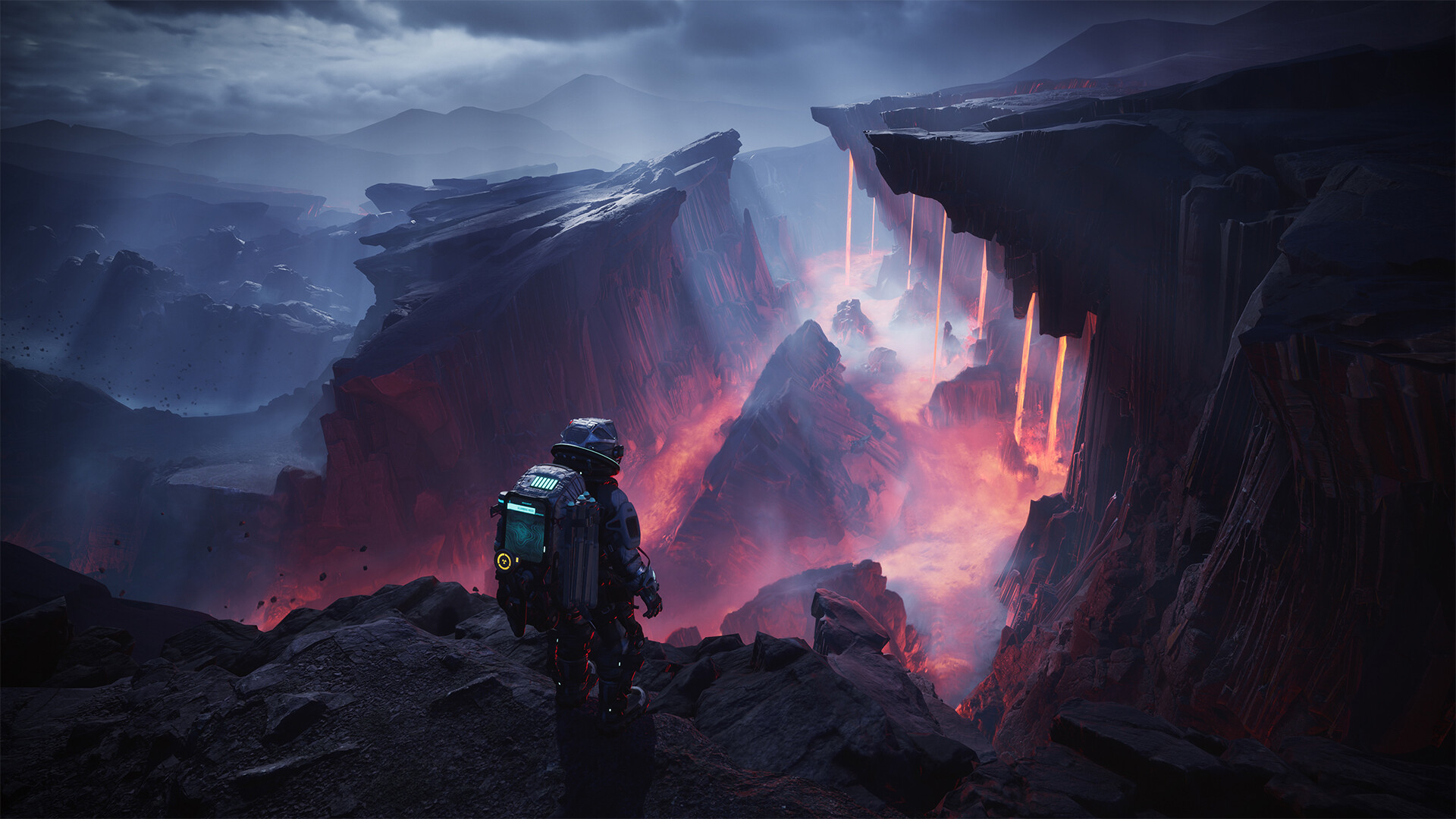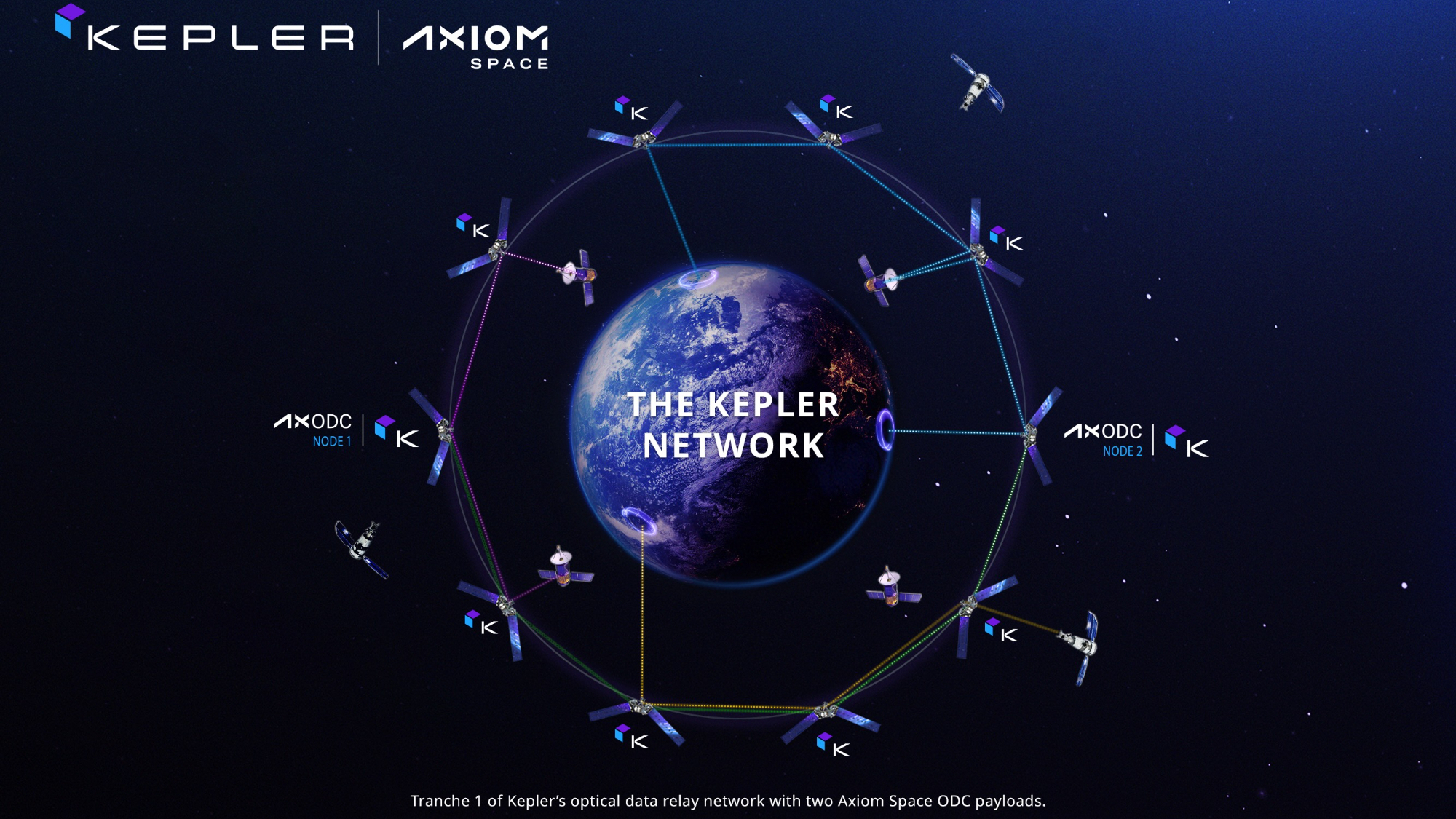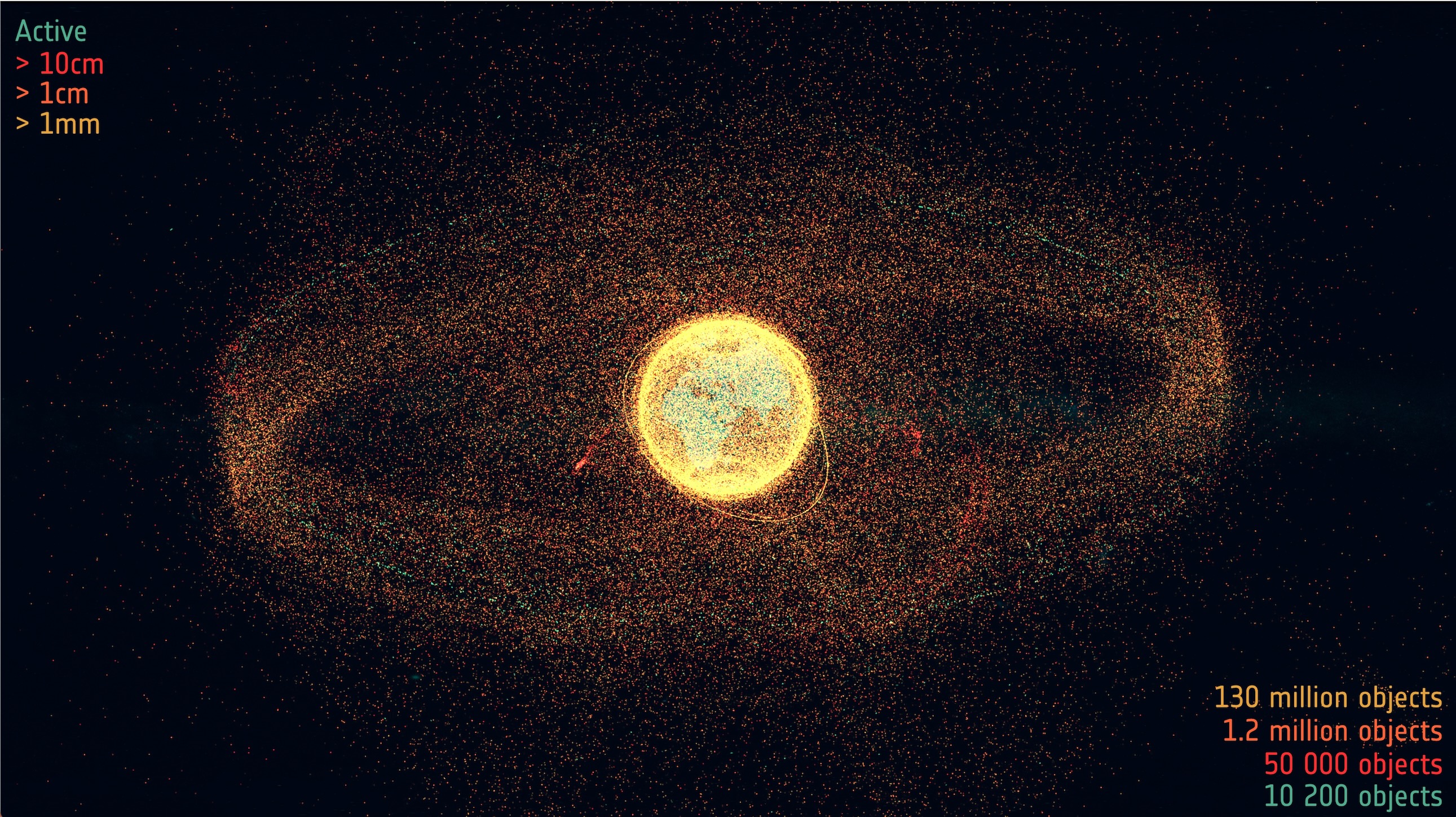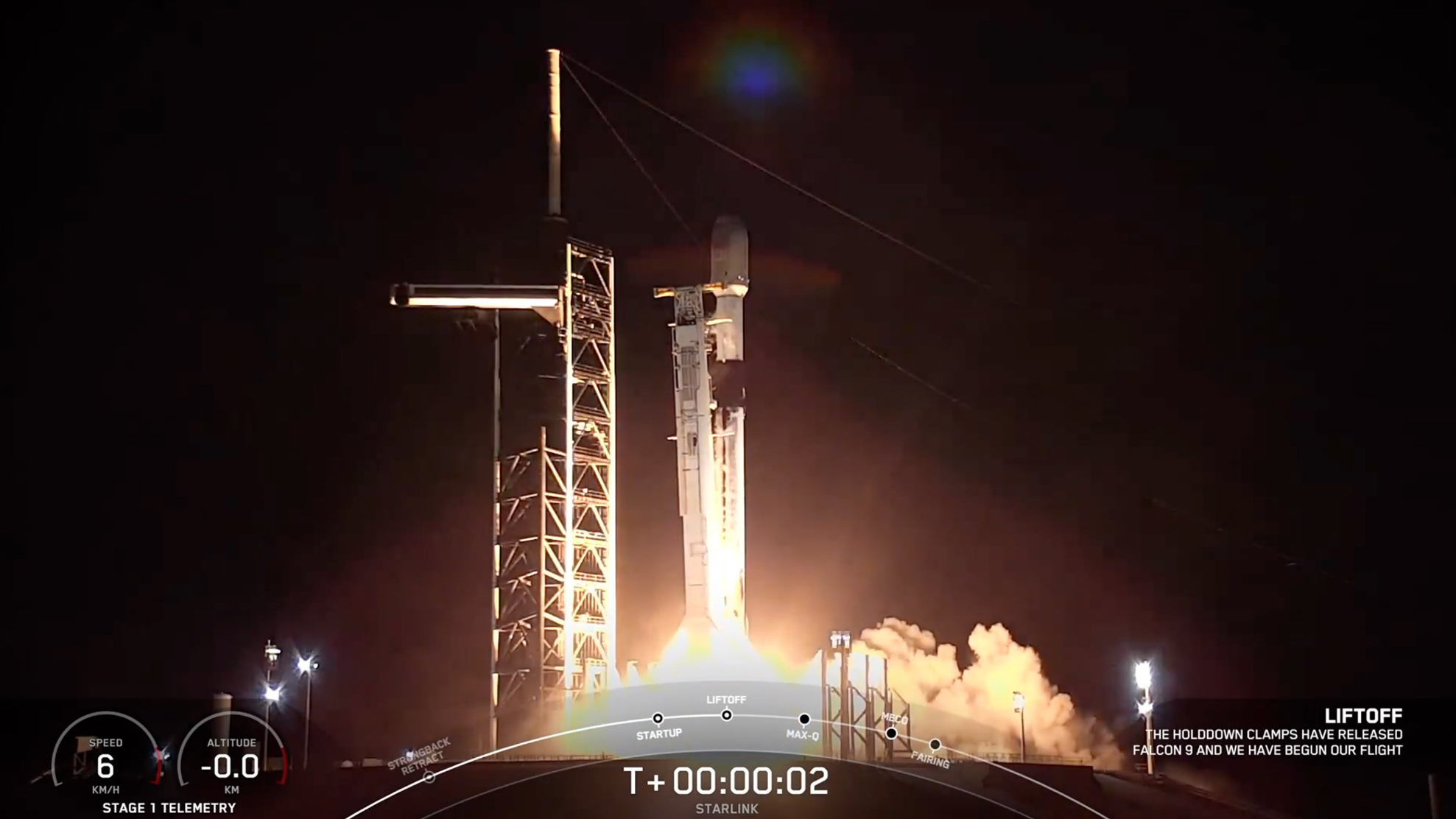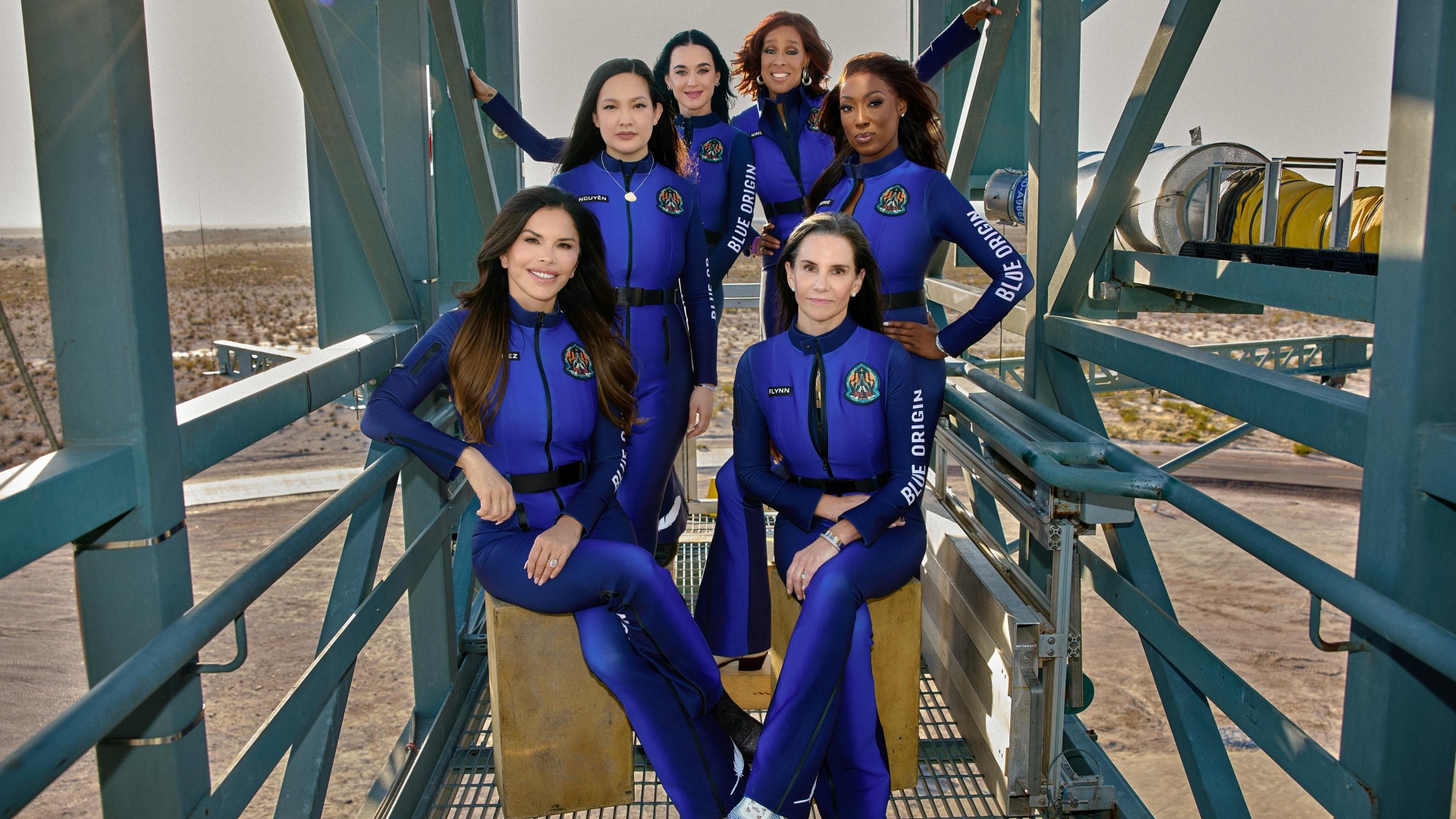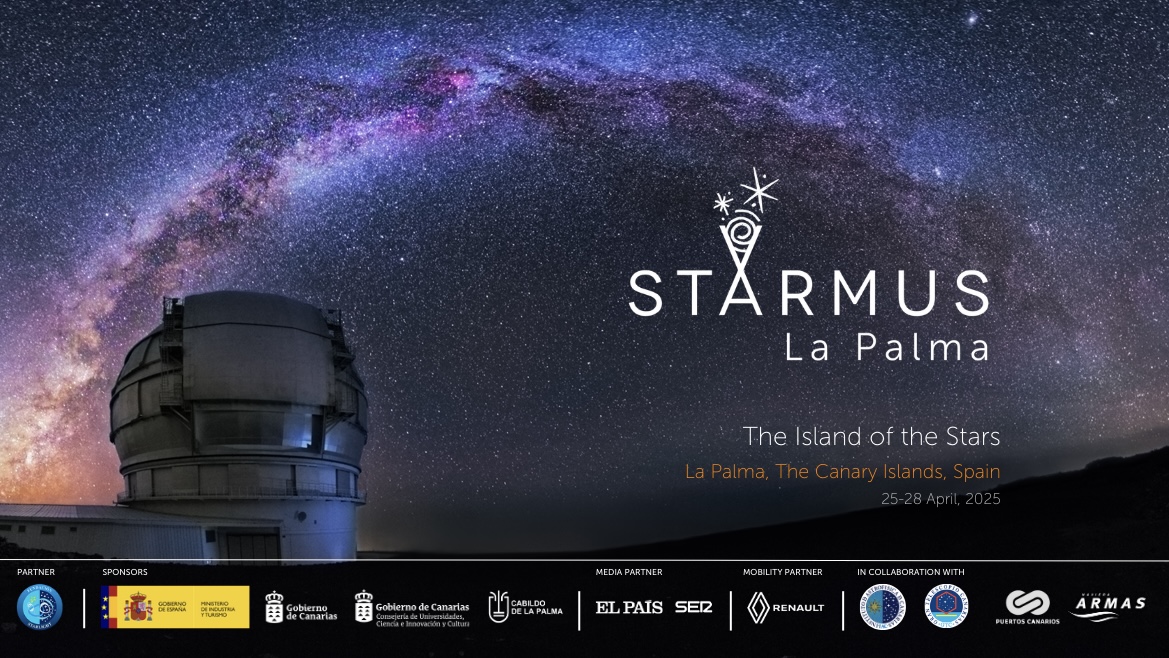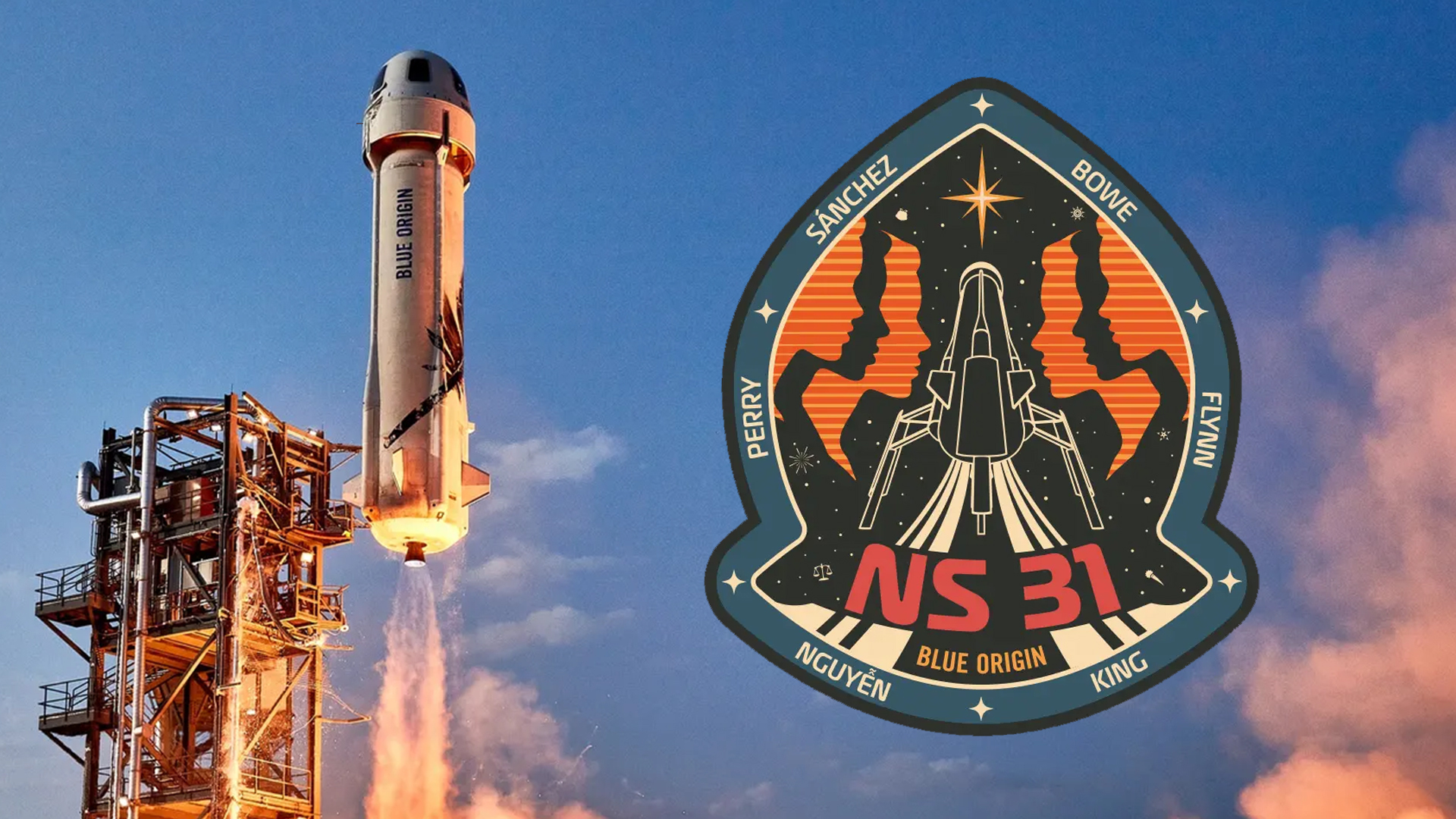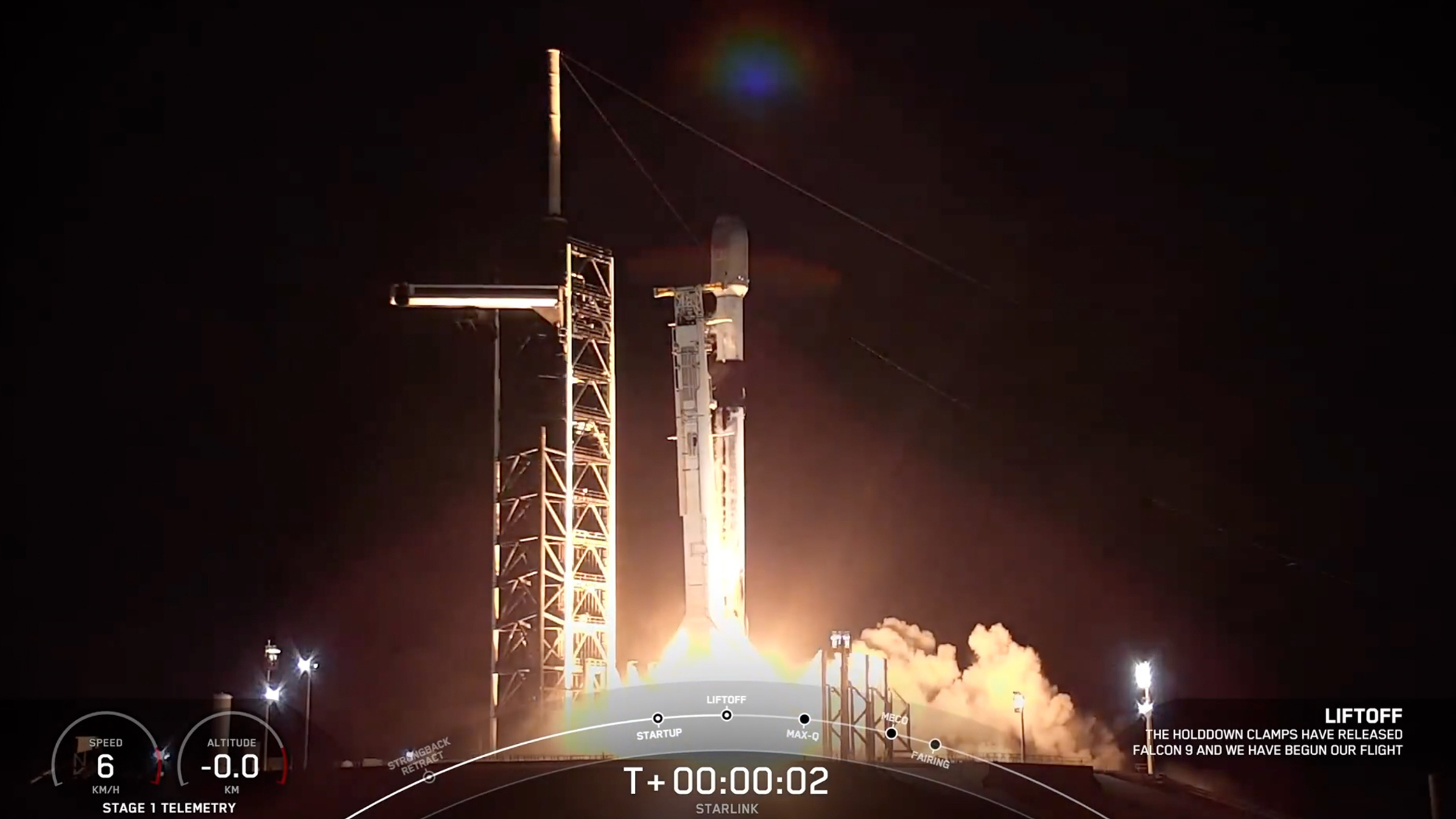NASA's Curiosity Mars rover discovers evidence of ripples from an ancient Red Planet lake (images)
The ripples suggest that the lake was free of ice at one point.
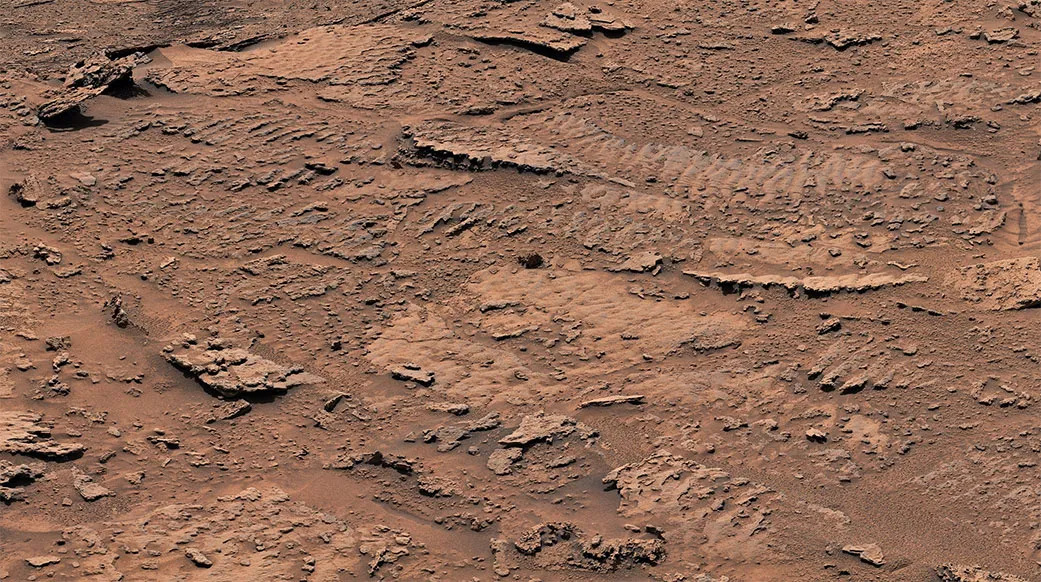
Today, we know of Mars as a cold, dry desert, with patches of subterranean ice and ice caps at its poles. Billions of years ago, however, liquid water flowed freely across the planet. And, while NASA's various Mars rovers have uncovered signs that such water once existed on Mars, there's perhaps no better evidence of an ice-free, shallow lake than these two sets of ripples in Martian rock.
In November 2022, NASA's Curiosity rover imaged the Amapari Marker Band in the foothills of Mount Sharp, located in Gale Crater. Within the marker band itself — a thin, dark layer of rock — scientists recognized wave ripples in what would've once been a sandy shoreline. A few weeks later, Curiosity imaged another set of wave ripples in the nearby Prow outcrop, which would have been on the lake bed.
The ripples are thought to have formed some 3.7 billion years ago, during a period when Mars was thought to be drying up. But their presence indicates that Mars' climate would have been fairly warm — and its surface wet — at the time. "The shape of the ripples could only have been formed under water that was open to the atmosphere and acted upon by wind," California Institute of Technology (Caltech) postdoctoral researcher Caire Mondro said in a statement. And if the water was blown by wind, that means it was not covered in ice, as some scientists have hypothesized.
From these ripples, researchers not only determined the existence of a shallow lake here, but also its depth. Using a computer model, Caltech professor of geology Michael Lamb found that the size and spacing of the ripples indicate the lake was less than six feet (two meters) deep.
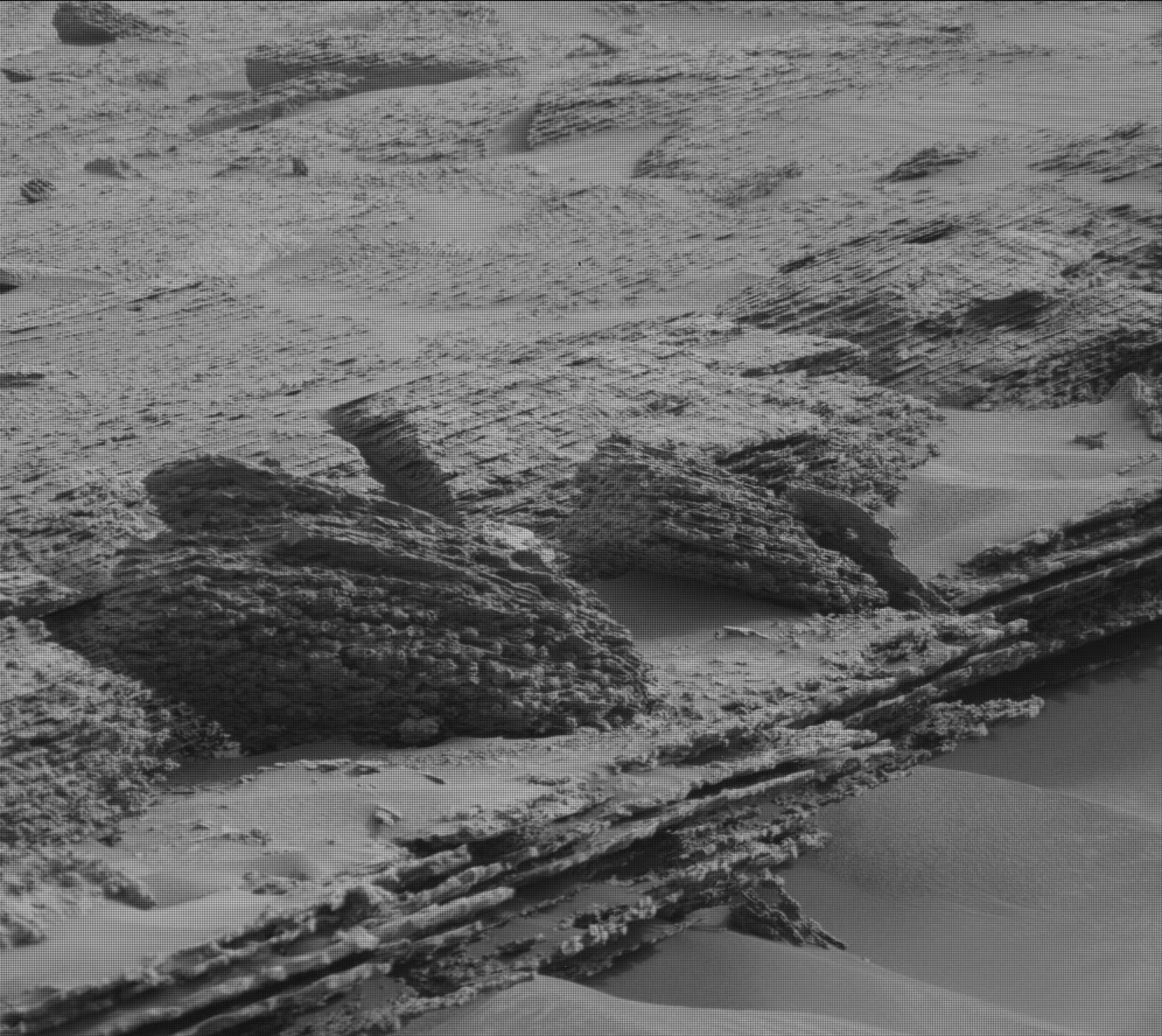
"Earlier missions, beginning with Opportunity in 2004, discovered ripples formed by water flowing across the surface of ancient Mars, but it was uncertain if that water ever pooled to form lakes or shallow seas," John Grotzinger, the former project scientist for Curiosity's mission, said in the statement. "The Curiosity rover discovered evidence for long-lived ancient lakes in 2014, and now 10 years later Curiosity has discovered ancient lakes that were free of ice, offering an important insight into the planet's early climate."
A paper on the discovery was published in the journal Science Advances on Jan. 15.
Get the Space.com Newsletter
Breaking space news, the latest updates on rocket launches, skywatching events and more!
Join our Space Forums to keep talking space on the latest missions, night sky and more! And if you have a news tip, correction or comment, let us know at: community@space.com.

Space.com contributing writer Stefanie Waldek is a self-taught space nerd and aviation geek who is passionate about all things spaceflight and astronomy. With a background in travel and design journalism, as well as a Bachelor of Arts degree from New York University, she specializes in the budding space tourism industry and Earth-based astrotourism. In her free time, you can find her watching rocket launches or looking up at the stars, wondering what is out there. Learn more about her work at www.stefaniewaldek.com.
-
Torbjorn Larsson Interesting, as they see individual extended periods of waves in about 100 m of wind deposited strata, suggesting a long period of ice free water and they note that while this is seen they don't see evidence of glacial processes. According to "THE SEDIMENTARY HISTORY OF MARS AS OBSERVED BY ROVERS" from 50th Lunar and Planetary Science Conference 2019 Curiosity had then observed about 00 m of deposit that implied about 10 million year periods of streams and lakes.Reply
A huge question is of course what the climate was between Mars formation about 4.5 billion years ago and these 3.7 billion year old formations. A recent paper suggests that there could have been these 10 million on-and-off ice free water periods the whole time (until Mars ran out of dense atmosphere), explaining the absence of carbonates. Hopefully, if life took early on it retreated to the subsurface crust:
- January 30, 2025 by Evan Gough
How Hydrogen Kept Early Mars Warm
Universe Today
